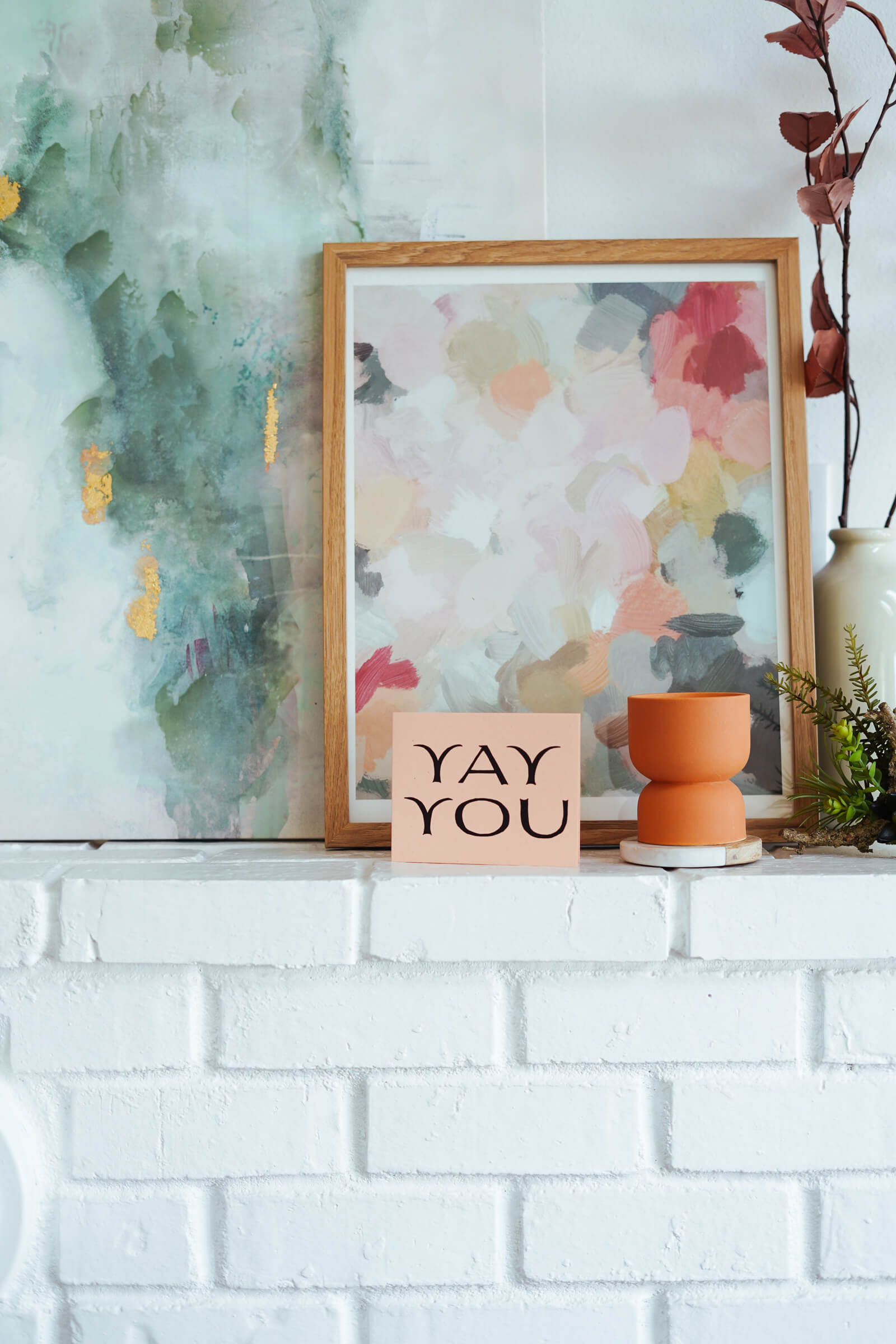After a year of working from our makeshift home offices, we expected to be masters at the WFH lifestyle that took many of us by surprise when it was mandated last March for non-essential workers. Even those who long ago adapted to working out of their studio apartments (me!) struggled to make sense of the new routine when there was no coffee shop or bookstore to escape to. Suddenly, I was forced to decipher whether my bed or hovering over the kitchen counter would make for the most productive workspace (spoiler: neither were effective).
In the beginning, the idea that the rest of the world was in the same boat sounded comforting. In contrast to the rare times I was home sick, admiring my friends and their Instagram posts while I was stuck in bed with a bad case of FOMO. But over time, the incessant months spent at home in my mock office, gym, and sometimes beauty parlor made my living room feel less like the sacred space it was intended for. Separating our work lives from our personal lives presented more of a challenge than the work itself, leaving many of us wondering where to draw the line.

While I may not have perfected the art of WFH life yet (I’m currently writing this while sprawled out on my living room floor), I have learned a few helpful ways to make working AND relaxing at home absolutely possible. Before clocking in more hours at the computer screen, consider these suggestions for a better work-life balance.
We don’t always have to be in work mode
Contrary to popular beliefs, it is attainable to be a productive employee and sign off at 5:00 pm. The notion that working from home means we need to always be on call is unrealistic and comprehensibility draining. Just because our computers are nearby, doesn’t insinuate that we’re required to answer emails and phone calls outside of business hours. Everyone is navigating the new out-of-office lifestyle with many distractions at home to disconnect us from our jobs (i.e.: spouses, kids, pets, the list goes on). So while longer hours may sound like the solution, ultimately the distractions will still be there whether we prolong the workday or not.
Separate our workspaces from our living spaces
It’s extremely challenging to resist blending our personal lives with our careers when we don’t make a clear distinction between the two. Although it’s tempting to work from the comfort of our beds or living room sofas, they don’t make the most constructive workstations (hence why I’m working on the floor until my desk arrives). These are the designated spots in the home that we gravitate towards after a long day. Pleasurable locations we use to wind down and forget about our stresses and worries. But when they cross over into work territory, it easily diminishes the magic they once possessed, making relaxing nearly impossible going forward. By allocating a special part of the home to only be used for work purposes, it creates a calmer and more tranquil feel throughout the rest of the home.
Take frequent breaks to relax and recharge
Common misconceptions of the WFH lifestyle is (1) that it’s acceptable to work through lunch, and (2) that we don’t need to rest because we’re in our homes. I’m putting the kibosh on these unpopular delusions right now. It is 100 percent admissible to take breaks away from our desks! Taking a few short breaks to walk around the block, make a cup of tea, stretch, read a book, or talk to a friend on the phone are necessary to rest and recharge. They’re an opportunity to reboot our minds and come back to our work with a renewed outlook. Without these pauses throughout the day, we wind up overworking ourselves and not producing our best quality work. Think of it this way, a 30-minute yoga class in the middle of the day would only boost our efficiency.
Bottom Line
Going from the office to working from home may have not been the most seamless transition as we all hoped. Even a year later, we are still figuring out an individualized system that works for us to incorporate into our routines. Maybe this includes consistently waking up at the same time each day, eating a well-balanced breakfast, putting on clothes that aren’t pajamas, and designating a cut off time to the workday… and sticking to it! Because it is possible to thrive in both our professional lives and our personal lives, even when they’re both under the same roof.
Where in your home is your designated work from home space?



